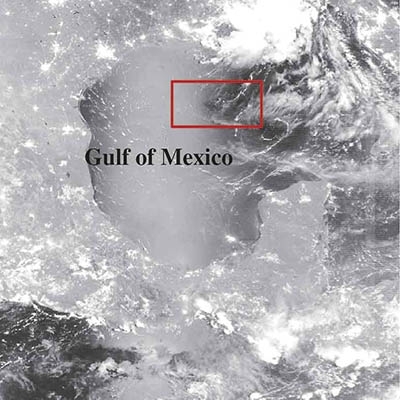
Detecting surface oil slicks using VIIRS nighttime imagery under moon glint: a case study in the Gulf of Mexico
Using data collected over the Gulf of Mexico during night between May 2012 and September 2013 by the Visible Infrared Imager Radiometer Suite (VIIRS), we demonstrate a new application from its day-and-night band (DNB). Under cloud free and moon glint conditions, the DNB revealed surface oil slicks from natural oil seeps. This is despite the fact that the signal-to-noise ratio (SNR) of this wide band (505–890 nm) under moon glint is much lower (30:1–50:1) and its resolution is also coarser (750 m) than the VIIRS imaging bands (375 m) under daytime solar illumination. The DNB was designed to map light sources at night. Similar to its predecessor, the Defense Meteorological Satellite Program Operational Linescan System (OLS), the VIIRS DNB should be suitable to identifying bioluminescence at night. However, with its finer resolution and higher SNR than OLS, the VIIRS DNB is demonstrated here to be also able to complement other sensors in the detection and mapping of oil spills.


